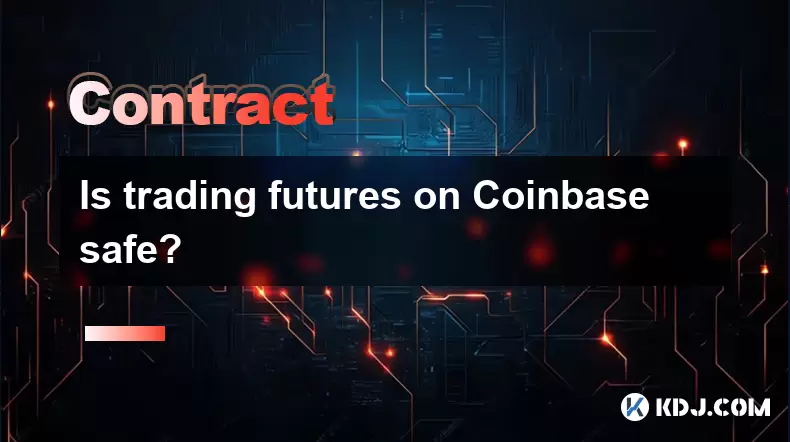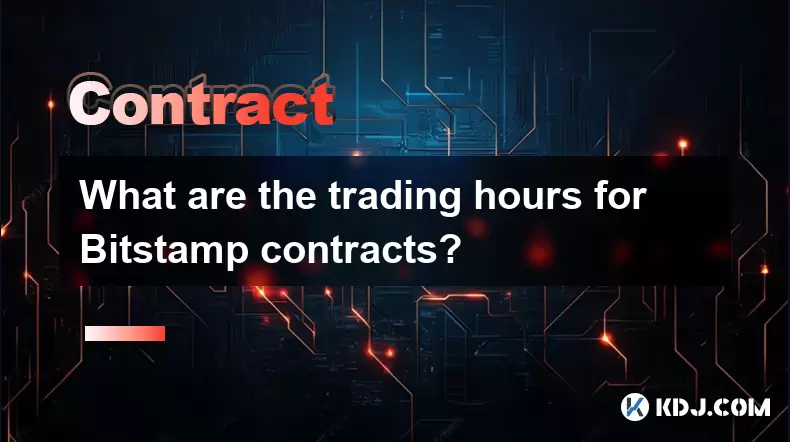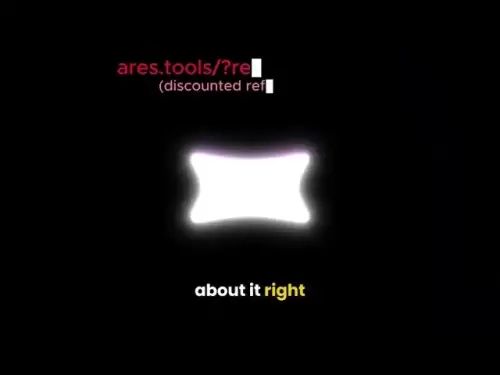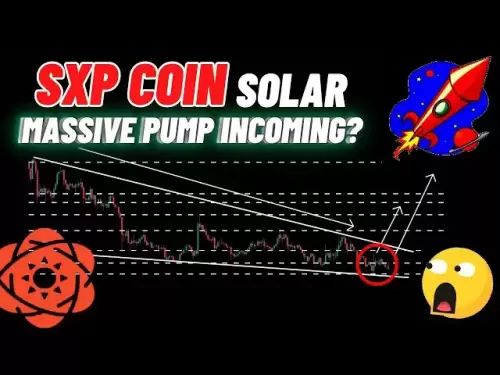-
 Bitcoin
Bitcoin $117500
2.04% -
 Ethereum
Ethereum $3759
3.02% -
 XRP
XRP $3.171
3.30% -
 Tether USDt
Tether USDt $1.000
0.03% -
 BNB
BNB $782.4
2.52% -
 Solana
Solana $187.2
5.62% -
 USDC
USDC $0.0000
0.02% -
 Dogecoin
Dogecoin $0.2380
5.26% -
 TRON
TRON $0.3175
1.07% -
 Cardano
Cardano $0.8227
4.03% -
 Hyperliquid
Hyperliquid $44.50
5.44% -
 Sui
Sui $4.020
10.07% -
 Stellar
Stellar $0.4396
6.28% -
 Chainlink
Chainlink $18.32
4.55% -
 Hedera
Hedera $0.2628
10.71% -
 Bitcoin Cash
Bitcoin Cash $554.8
4.90% -
 Avalanche
Avalanche $24.20
4.60% -
 Litecoin
Litecoin $113.7
2.31% -
 Shiba Inu
Shiba Inu $0.00001413
5.99% -
 UNUS SED LEO
UNUS SED LEO $8.984
0.11% -
 Toncoin
Toncoin $3.326
7.22% -
 Ethena USDe
Ethena USDe $1.001
0.00% -
 Uniswap
Uniswap $10.49
4.56% -
 Polkadot
Polkadot $4.092
4.02% -
 Monero
Monero $326.6
1.30% -
 Dai
Dai $1.000
-0.01% -
 Bitget Token
Bitget Token $4.570
2.49% -
 Pepe
Pepe $0.00001267
5.10% -
 Aave
Aave $297.3
3.10% -
 Cronos
Cronos $0.1344
4.10%
Is trading futures on Coinbase safe?
Coinbase Futures offer regulated, secure trading with tools like stop-loss and margin alerts—ideal for managing risk in leveraged positions.
Jul 26, 2025 at 05:30 am

Understanding Futures Trading on Coinbase
Futures trading allows users to speculate on the future price of an asset without owning it. On Coinbase, this means entering contracts that obligate the buyer or seller to transact at a predetermined price and date. Unlike spot trading, where you buy and hold crypto, futures involve leverage and margin, which increases both potential gains and risks. It's crucial to understand that Coinbase Futures are regulated under the Commodity Futures Trading Commission (CFTC) for U.S. users, which adds a layer of oversight. This regulatory framework ensures that the platform adheres to strict compliance standards, making it more secure than unregulated exchanges.
Security Measures Implemented by Coinbase
Coinbase is known for its robust security infrastructure. The platform uses multi-signature wallets, cold storage for 98% of assets, and continuous monitoring for suspicious activity. When it comes to futures trading, Coinbase separates user funds from operational capital—a practice known as segregation. This means that even if the company faces financial stress, your margin and collateral remain protected. Additionally, two-factor authentication (2FA) is mandatory for futures traders, and IP whitelisting is available for advanced users. These measures significantly reduce the risk of unauthorized access or fund loss.
How Leverage Works in Coinbase Futures
Leverage allows traders to open positions larger than their account balance. On Coinbase, users can select leverage from 2x up to 25x depending on the contract. While this can amplify profits, it also increases the chance of liquidation if the market moves against the position. For example, with 10x leverage, a 10% adverse price movement could wipe out your entire margin. To manage this risk, Coinbase provides real-time margin tracking and automatic liquidation alerts. Users must monitor their maintenance margin ratio closely—this is the minimum equity needed to keep a position open. If it drops below the threshold, the system will begin closing the position to prevent further losses.
Step-by-Step Guide to Start Futures Trading on Coinbase
Before trading futures, ensure your account is verified and you’ve completed identity checks (KYC). Then follow these steps:
- Navigate to the Coinbase Advanced Trade interface—not the main Coinbase app.
- Fund your account with USD or a supported stablecoin like USDC.
- Switch to the "Futures" tab and choose a contract (e.g., BTC-USD quarterly).
- Set your leverage using the slider—start low if you’re new.
- Place a limit or market order based on your strategy.
- Monitor your position via the dashboard, where you’ll see unrealized P&L, margin used, and liquidation price.
Each step requires careful attention. For instance, selecting the wrong contract type or leverage can lead to unexpected outcomes. Always double-check the order details before confirming.
Risk Management Tools Available
Coinbase offers several tools to help traders stay safe: - Stop-Loss Orders: Automatically close a position when it hits a specified price to limit losses.
- Take-Profit Orders: Lock in gains by exiting at a target price.
- Liquidation Price Indicator: Shows exactly where your position would be closed due to insufficient margin.
- Real-Time Margin Alerts: Push notifications when your margin ratio approaches danger levels.
These tools are not optional—they should be used in every trade. For example, setting a stop-loss just below a key support level can prevent emotional decisions during volatile markets. The liquidation price is especially important because it tells you how much room you have before the system intervenes.
Frequently Asked Questions
Q: Can I lose more than my initial deposit when trading futures on Coinbase?
No. Coinbase uses a cross-margin system that prevents negative balances. If your position is liquidated, the platform absorbs any remaining loss—not you. This is called "auto-deleveraging protection."Q: Is futures trading available to all Coinbase users globally?
No. Futures are only available in certain regions, including the U.S., EU, and UK. You must pass a knowledge quiz and meet local regulatory requirements. Check the "Futures Eligibility" section in your account settings.Q: What happens if Coinbase goes offline during a trade?
Coinbase has a 99.9% uptime guarantee. In rare outages, open positions remain active on the blockchain. You can still view and manage them via third-party tools like Etherscan or Blockchair if needed.Q: How do I know if a futures contract is legitimate and not a scam?
All Coinbase futures are issued by regulated entities like Cboe or ICE Futures. Look for the "Regulated" badge next to each contract. Avoid any off-platform offers claiming to be "Coinbase Futures"—they are scams.
Disclaimer:info@kdj.com
The information provided is not trading advice. kdj.com does not assume any responsibility for any investments made based on the information provided in this article. Cryptocurrencies are highly volatile and it is highly recommended that you invest with caution after thorough research!
If you believe that the content used on this website infringes your copyright, please contact us immediately (info@kdj.com) and we will delete it promptly.
- Pi Coin, Wallet Features, and Coinbase: What's the Buzz?
- 2025-07-26 18:30:12
- Worldcoin, Punisher Coin, and the Meme Coin Mania: What's the Haps?
- 2025-07-26 18:30:12
- Conviction, Justice System, and Murders: A Look at Recent Cases and Shifting Perspectives
- 2025-07-26 18:50:11
- Shiba Inu, Remittix, and the Market Surge: What's the Hype?
- 2025-07-26 19:10:12
- Cardano Price, ADA Holders, and Leadership Criticism: What's the Real Deal?
- 2025-07-26 19:30:12
- MicroStrategy, Bitcoin, and XRP Whale Dumps: What's the Deal?
- 2025-07-26 19:30:12
Related knowledge

Why is my Bitstamp futures position being liquidated?
Jul 23,2025 at 11:08am
Understanding Futures Liquidation on BitstampFutures trading on Bitstamp involves borrowing funds to open leveraged positions, which amplifies both po...

Does Bitstamp offer inverse contracts?
Jul 23,2025 at 01:28pm
Understanding Inverse Contracts in Cryptocurrency TradingIn the realm of cryptocurrency derivatives, inverse contracts are a specific type of futures ...

How to find your Bitstamp futures trade history?
Jul 23,2025 at 08:07am
Understanding Bitstamp and Futures Trading AvailabilityAs of the current state of Bitstamp’s service offerings, it is critical to clarify that Bitstam...

Can I use a trailing stop on Bitstamp futures?
Jul 23,2025 at 01:42pm
Understanding Trailing Stops in Cryptocurrency TradingA trailing stop is a dynamic type of stop-loss order that adjusts automatically as the price of ...

Can I use a trailing stop on Bitstamp futures?
Jul 25,2025 at 02:28am
Understanding Trailing Stops in Cryptocurrency Futures TradingA trailing stop is a dynamic type of stop-loss order that adjusts automatically as the m...

What are the trading hours for Bitstamp contracts?
Jul 24,2025 at 11:56am
Understanding Bitstamp and Contract Trading AvailabilityBitstamp is one of the longest-standing cryptocurrency exchanges, established in 2011 and head...

Why is my Bitstamp futures position being liquidated?
Jul 23,2025 at 11:08am
Understanding Futures Liquidation on BitstampFutures trading on Bitstamp involves borrowing funds to open leveraged positions, which amplifies both po...

Does Bitstamp offer inverse contracts?
Jul 23,2025 at 01:28pm
Understanding Inverse Contracts in Cryptocurrency TradingIn the realm of cryptocurrency derivatives, inverse contracts are a specific type of futures ...

How to find your Bitstamp futures trade history?
Jul 23,2025 at 08:07am
Understanding Bitstamp and Futures Trading AvailabilityAs of the current state of Bitstamp’s service offerings, it is critical to clarify that Bitstam...

Can I use a trailing stop on Bitstamp futures?
Jul 23,2025 at 01:42pm
Understanding Trailing Stops in Cryptocurrency TradingA trailing stop is a dynamic type of stop-loss order that adjusts automatically as the price of ...

Can I use a trailing stop on Bitstamp futures?
Jul 25,2025 at 02:28am
Understanding Trailing Stops in Cryptocurrency Futures TradingA trailing stop is a dynamic type of stop-loss order that adjusts automatically as the m...

What are the trading hours for Bitstamp contracts?
Jul 24,2025 at 11:56am
Understanding Bitstamp and Contract Trading AvailabilityBitstamp is one of the longest-standing cryptocurrency exchanges, established in 2011 and head...
See all articles

























































































